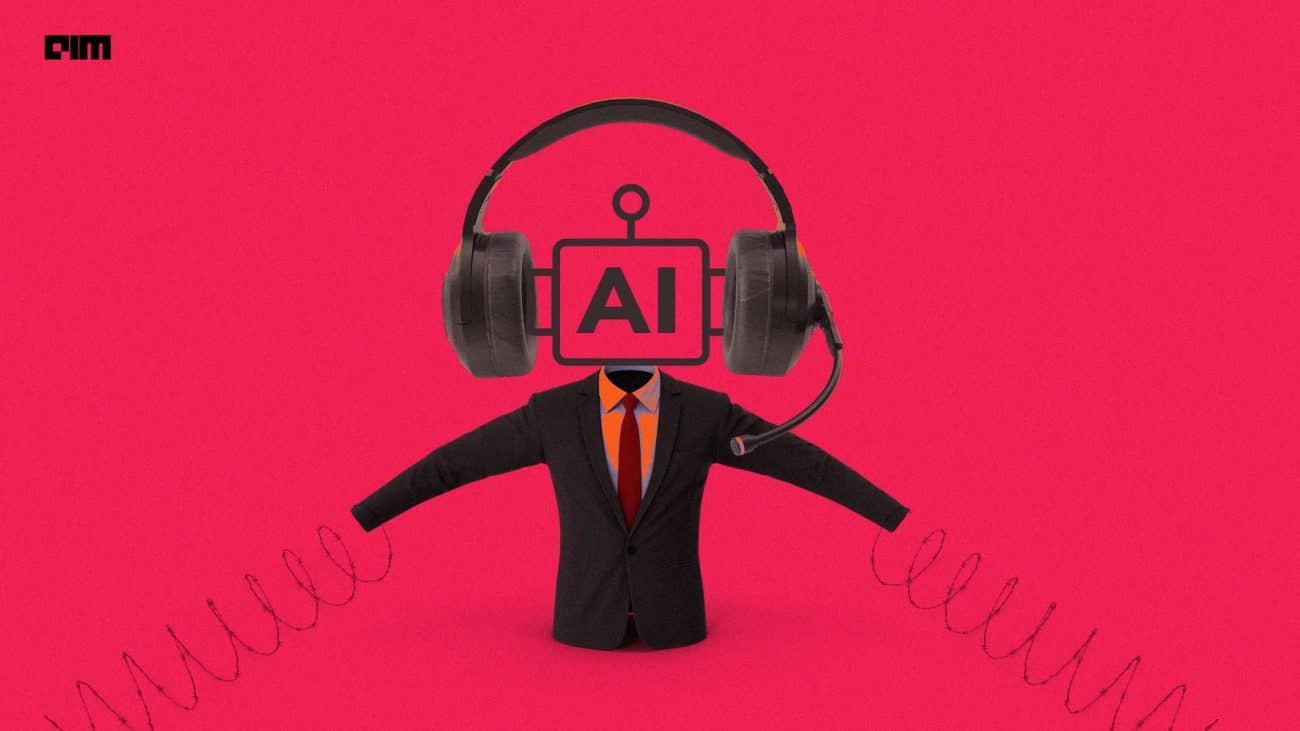|
Listen to this story
|
Model-centric and data-centric are two popular approaches in the field of artificial intelligence (AI) that emphasize the importance of either the model or the data in the development and performance of AI systems. Some examples in the model centric approach:
Convolutional neural networks (CNNs) for image recognition and recurrent neural networks (RNNs) for natural language processing are examples of deep learning models. These models are built with intricate architectures and several layers to learn and extract characteristics directly from the input.
GANs, or generative adversarial networks: A generator network and a discriminator network are the two main components of GANs. While the discriminator aims to discriminate between authentic and fraudulent samples, the generator makes artificial data samples. GANs concentrate on producing accurate data by harnessing the power of the model.
All the above training techniques and model hyper parameter selection for the above deep learning model essentially try to tweak the model to best-solve the task using a given dataset. Similarly, some examples for the data centric approach can be:
- Transfer Learning: Pre-trained models that have learnt generic characteristics via training on big datasets are used in transfer learning. The requirement for substantial training on task-specific data is subsequently reduced since these models are then fine-tuned on specific tasks with less data.
- Data Augmentation: To provide more training examples, data augmentation approaches entail adding transformations or alterations to existing data sets. For instance, flipping, rotating, or adding noise to photos might improve the variety of the training data for image classification.
Both approaches have their merits and trade-offs. In one hand, Data-centric AI can be advantageous when dealing with limited prior knowledge or rapidly changing domains. By focusing on data collection and curation, it aims to capture the diversity and complexity of real-world scenarios, allowing models to learn from the data directly. This approach can be more flexible and adaptive to changing environments. However, data-centric AI heavily relies on the availability of high-quality and representative datasets, which can be challenging to obtain.
On the other hand, Model-centric AI can be effective in situations where domain expertise and prior knowledge are essential, such as in complex problem domains like natural language processing or computer vision. It allows researchers to design specific architectures and algorithms tailored to the problem at hand, resulting in high accuracy and performance. However, model-centric AI often requires significant computational resources and extensive training time. A famous example of this model-centric AI approach, exemplified by large-scale language models like GPT-3, require significant computational resources and extensive training time due to their complexity and the vast amount of data they process. The training process involves pre-training on unlabeled text data and fine-tuning on specific tasks. The computational demands stem from the models’ large number of parameters, necessitating high-performance infrastructure.
The move towards decision centric AI
Model centric works when the data is clean, well curated etc. Before trying to improve any model the data quality has to be top notch. However, in the real world, data is not ideal. Hence, a decision centric approach is more practical.
In this sense, a decision-centric approach is crucial because it fosters creative problem-solving at those “moments of truth” while simultaneously enhancing operational effectiveness. To enable users to take the appropriate action at the appropriate moment, people, rules, data, and processes must all work together. Companies that want to react quickly and effectively to dynamic market developments must adopt a decision-centric strategy. It makes it possible for the organisation to swiftly adjust to changes in operational procedures and company strategy in addition to learning new things. As a result, it is an essential component of any toolkit for business agility. It promotes uniformity in decision-making across the board and offers crucial feedback loops. The framework offers a context for placing judgements into “business moments,” regardless of whether these decisions are backed by AI, machine learning, business rules, or any other technology technique.
Decision-centric AI represents the next stage in the evolution of AI, where the focus shifts from solely making predictions to actively making informed decisions. This approach involves integrating data analysis, machine learning, and optimization techniques to generate optimal decisions based on desired objectives and constraints. Decision-centric AI will enable organizations to make smarter, data-driven decisions that align with their goals and requirements.
By incorporating contextual information, business constraints, and user preferences, decision-centric AI systems will optimize decision-making processes across diverse domains such as healthcare, finance, supply chain management, and customer service. It will enhance transparency and explainability, allowing users to understand the reasoning behind the decisions made by AI systems.
This will build trust and facilitate the acceptance and adoption of AI technologies. Ultimately, decision-centric AI has the potential to revolutionize how organizations operate, enabling them to make more accurate, efficient, and impactful decisions, thereby driving innovation, productivity, and competitiveness. It is also important to remember that decision centric AI is about augmenting human decision-making rather than replacing it.
The evolution in AI system development and application from model-centric to data-centric to decision-centric methods symbolises this development. At first, the emphasis was on creating intricate models that could learn directly from data. However, the shortcomings of this strategy prompted a move towards a focus on data gathering and curation. The value of high-quality datasets was acknowledged by the data-centric approach. The decision-centric approach was developed with the aim of generating favourable results based on facts in real time and being able to justify those judgements. Unknown circumstances are a daily problem for businesses, but by adding quantified pattern data and adaptable scenarios to the mix, choices may be made more quickly, consistently, and confidently.
The shift from model-centric AI to data-centric AI has allowed organizations to leverage vast amounts of data for improved performance and adaptability. However, the evolution does not stop there. The emerging trend of decision-centric AI holds great promise in transforming the way we make decisions by integrating data analysis, machine learning, and optimization techniques. Ultimately, decision-centric AI has the potential to revolutionize organizations; operations, driving innovation, productivity, and competitiveness through more accurate and impactful decision-making processes. The future of AI lies in the integration of data, models, and decisions, paving the way for a more intelligent and informed world.
This article is written by a member of the AIM Leaders Council. AIM Leaders Council is an invitation-only forum of senior executives in the Data Science and Analytics industry. To check if you are eligible for a membership, please fill out the form here.








































